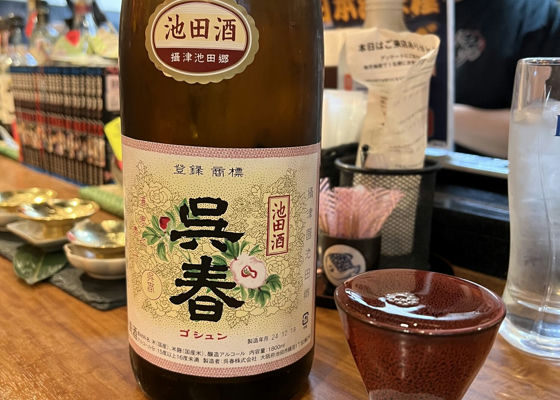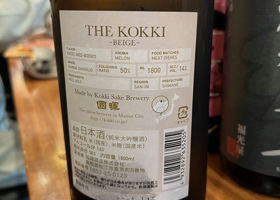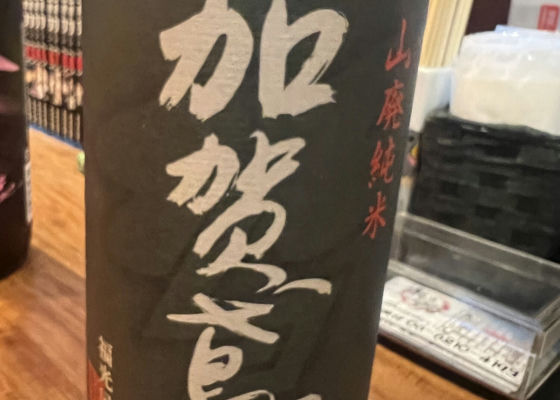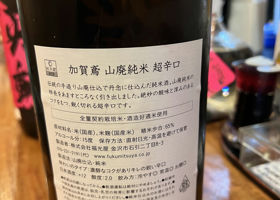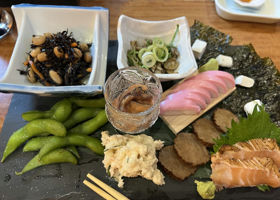Timeline
じゅんさんThey also have Osaka sake, so I asked for Kurehaaru Honmaru.
It has the mellowness and beautiful sweetness typical of a honjozo.
A honjozo that should not be underestimated.
Rice Asahi Akebono, Yamabiko
Yeast used: Kyokai No. 7
Rice polishing ratio 60
Sake degree 0
Amino acidity 1.3
Alcohol 15.9
Acidity 1.3
Raku-no-suke じゅんさんThe label is made of Nishijin brocade and is an amazing Kunitaki beige.
It is quite a gorgeous, sweet, fruity sake.
I think it is good to drink this by itself, but the ura label is in English.
Melon aroma
Goes well with meat
It says, "Aroma of melon. It is said to have won the highest award, platinum, at a sake competition for French people the year before last.
Is it for overseas?
I enjoyed it with pickled nozawana wasabi.
Degree of alcohol content: 14%.
Rice polishing ratio: 50
Ingredients: Rice (domestic), Rice malt (domestic)
Raku-no-suke じゅんさんFor a sake comparison in Sakaisuji Honmachi
Try this one too.
This is a restaurant-only sake made with soft water from Fushimi. A gorgeous, slightly sweet sake brewed with Kyoto-grown sake rice "Celebration" and "Kyo no Kiraki".
A little spicy in the aftertaste. A little spiciness in the aftertaste.
Alcohol level: around 15
Rice used: Shuku, Kyo-no-kiraki
Rice polishing ratio 55
Sake degree: -1
Acidity: 1.4
Raku-no-suke じゅんさんOn Sunday night, I went to Sakaisuji Honmachi on my way to work.
I ordered three different kinds of sake at the counter, and ended up refilling my glass twice with delicious dry sake.
It went very well with the food served at a popular izakaya.
Ingredients: 25% Yamadanishiki, 65% Gohyakumangoku
Rice polishing ratio: 65
Sake meter: +12
Acidity: 2.0
Alcohol percentage: 16 RecommendedContentsSectionView.title
